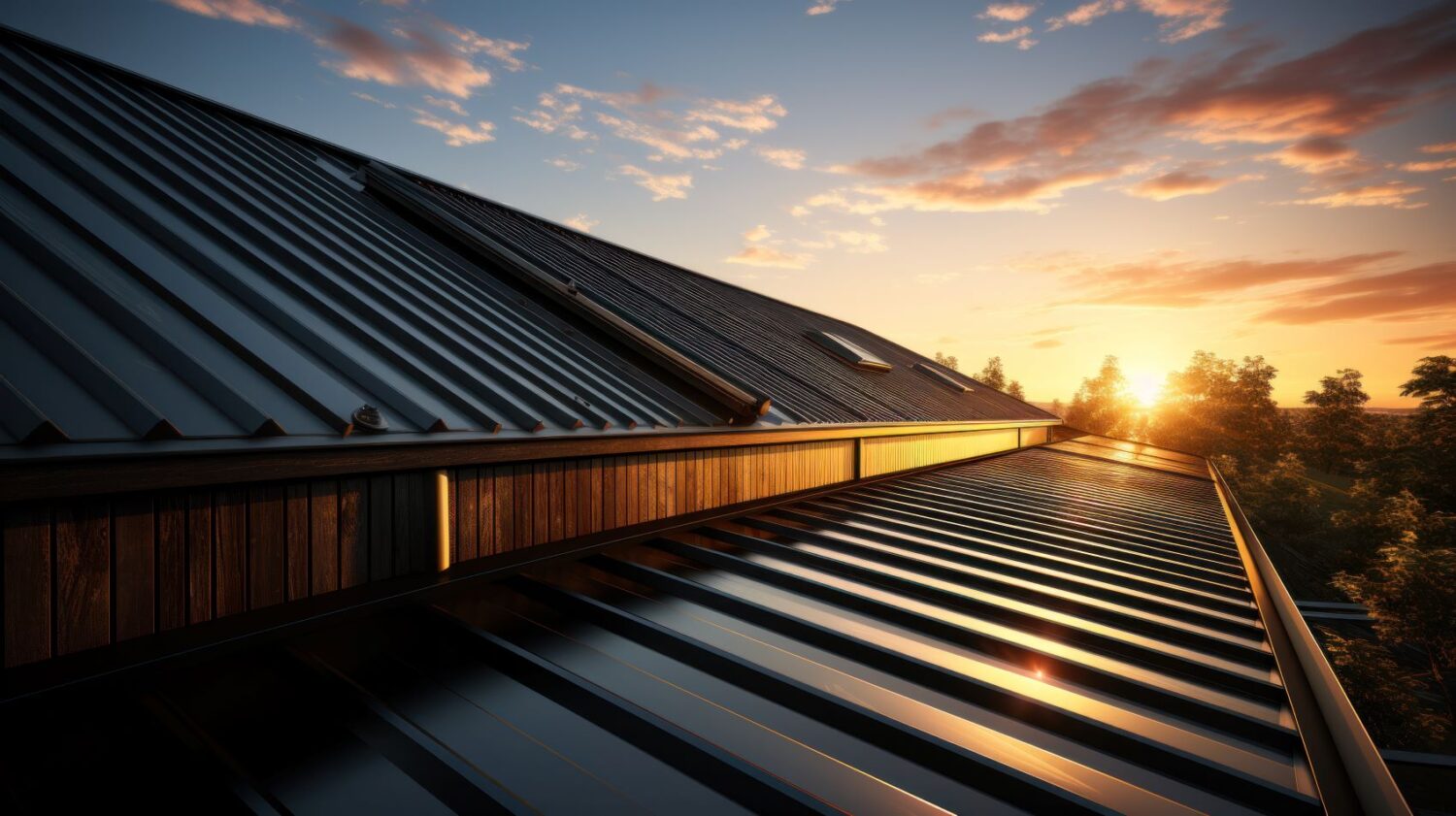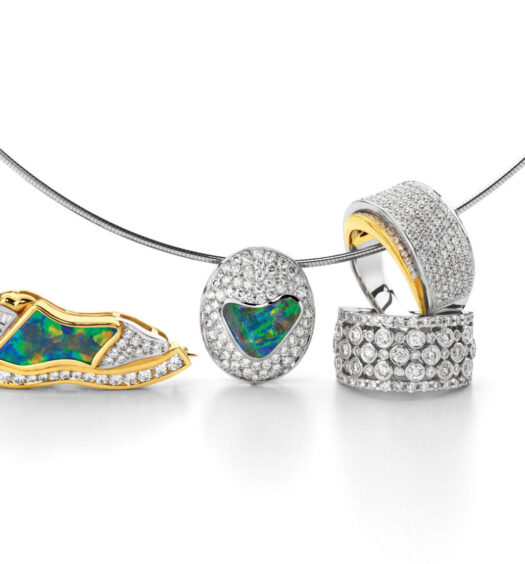A metal roof vs your standard tiled roof — can a metal roof really compete? Metal roofing has advanced dramatically in the last few decades and tons of Australians are turning to this material to keep them covered. However, does a metal roof work as well as your conventional roofing materials? Let’s weigh up the pros and cons of installing a metal roof so you can decide for yourself.
Types of metal roofing
Metal roofing has its pros and cons, but it’s still an extremely popular roofing material due to its versatility and easy-to-use makeup. When people think of metal roofing, they generally think of thin zinc roofing, a long-lasting roofing material that is quite common in rural and urban areas.
Tin roofing, which is often used today, is often extremely thin and more affordable than steel roofing. We recommend staying clear of this one for your home. Then there’s aluminium roofing, which doesn’t corrode, is lightweight and is typically your go-to option for homes near the coast.
Copper roofing is also available and is durable and long-lasting. One downside of copper roofing is that it is also expensive. Finally, standard steel roofing is strong and long-lasting and comes in various styles. AMJ Metal Roofing is one of the best metal roofing organisations in Australia, so get in touch with them to get a better understanding of what roofing material would be best for your home.
5 Pros of Installing Metal Roofing
When considering whether installing metal roofing is the best route, knowing the benefits is sure to nudge you in the right direction. Here are the top five benefits of installing metal roofing:
1. Durability
Metal roofs, particularly steel roofs, are less likely to cause leaks than shingles if they’re installed and sealed correctly. When fastened well, metal roofing withstands harsh winds well and is generally more fireproof than other roofing options, which makes it an ideal choice if you live in an area that commonly gets wildfires.
2. Safe
Metal roofing is also safe. There is a common misconception that metal roofs attract lightning more than other roofing materials. This is believed because metal is a good conductor of electricity. However, nine times out of ten, lightning strikes look for the fastest way to the ground, meaning they usually go to the highest object in the area.
Now that we’ve cleared that up, metal roofs are also safe because they are lightweight and easy to install. Normally, to change a roof sheet, you simply need to slip one sheet out and another in, ensuring that it fits well with the other sheets and is sealed. If you’re using aluminum as your roofing material, the weight on the rest of your structure will be significantly less, meaning that it should result in structure issues later on.
3. Environmentally friendly
As you know, the call to recycle and protect our environment is vital. Metal roofs are extremely recyclable. In fact, many of the materials you would purchase are most likely recycled, too. About 25% of metal roofing is made from recycled metal. Significantly reducing the amount of waste when it comes to roofing materials.
4. Energy efficient
People often believe that metal roofs would increase the temperature in your home. However, the opposite is true. Metal is a highly reflective material. Meaning that it would reflect more of the sun’s UV rays than most other materials. Because of this, metal would actually help keep your home cool during summer and in doing so, reduce the amount of energy you need to use by running aircons etc.
5. Offers you longevity
Finally, did you know that asphalt shingle roofs only offer an estimated lifespan of 15 to 25 years? On the other hand, metal roofs have an average lifespan of somewhere between 50 to 75 years.
4 Cons of Installing Metal Roofing
A good decision is always made by being aware of the possible drawbacks, so here are four cons you need to consider when thinking about installing metal roofing:
1. Noise
Although you would normally have a reasonable amount of sound-dampening foam insulation between your roof and ceiling, when it rains or hails, metal roofing tends to produce a lot of noise, which can be an inconvenience. However, if done right, insulation can significantly reduce this noise.
2. Performance
Like any metal, metal roofing is susceptible to rust. If you live in an area closer to the coast, you may need to maintain your roof more often, particularly if you have a metal or steel roof. Likewise, metal roofing is more susceptible to developing dents and damage due to debris or hail.
3. Cost
While you must weigh this aspect with its lifespan, metal is typically a more expensive roofing material than asphalt shingles.
4. Installation
On the off chance that the contractor installing your roof does it wrong, the roof can fail at the seams, which could cause space for water to leak through or pests to crawl through and make a nest in your ceiling.
Final thoughts
If you’re looking for longevity and good temperature-regulating properties, installing a metal roof may be the best option for you, particularly if you live in a wildfire-prone area. However, we encourage you to weigh up the pros and cons above and consider your budget and style preferences before deciding. In the end, you will need to live with the end results, so it’s best to make the right choice the first time around, right?




